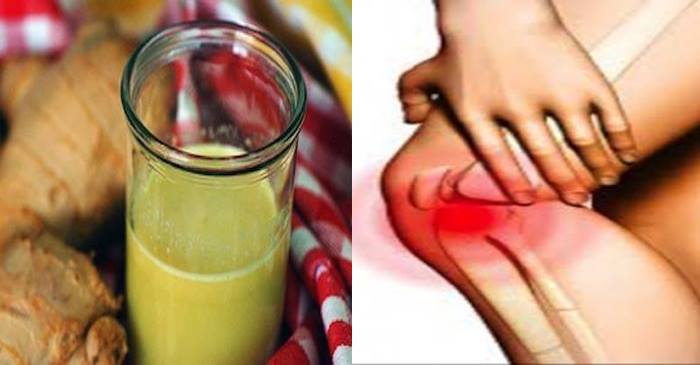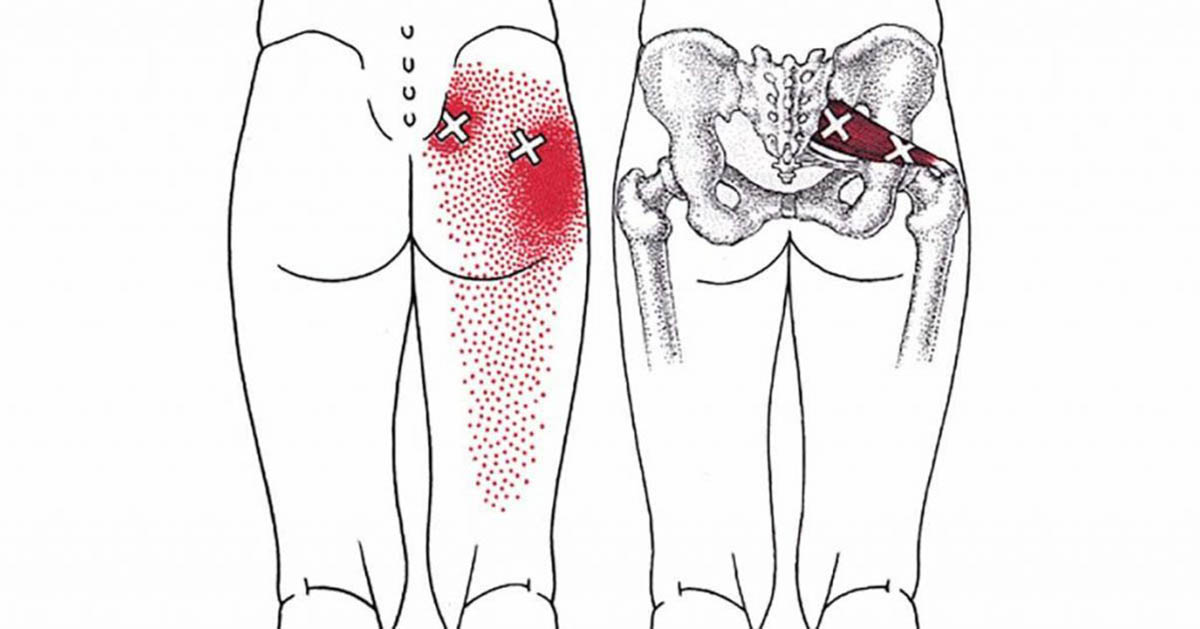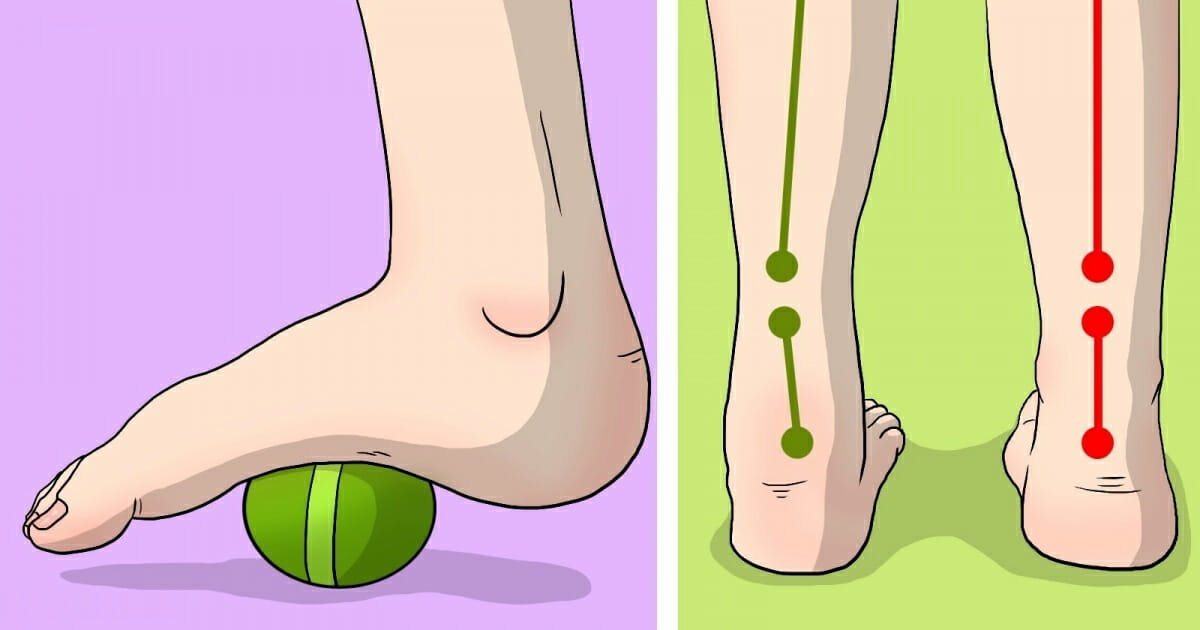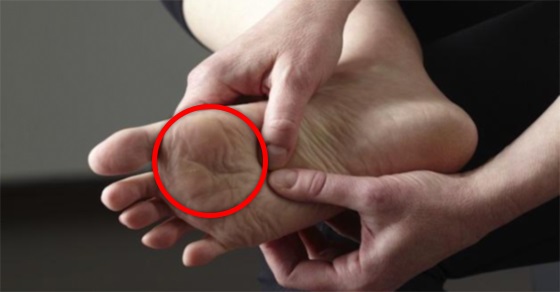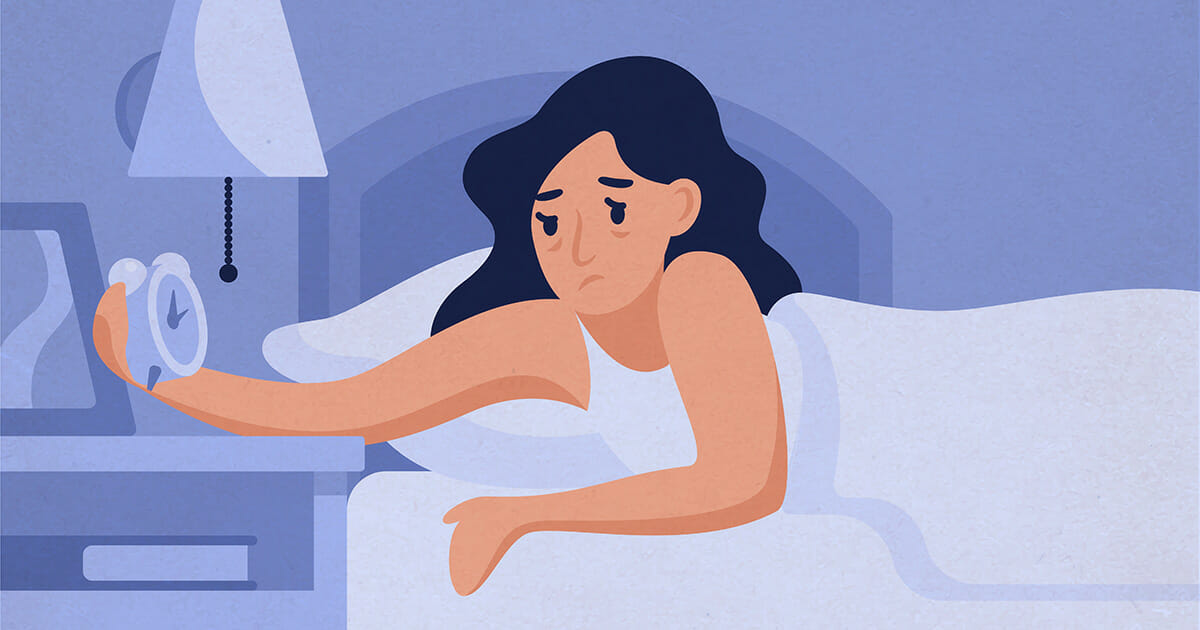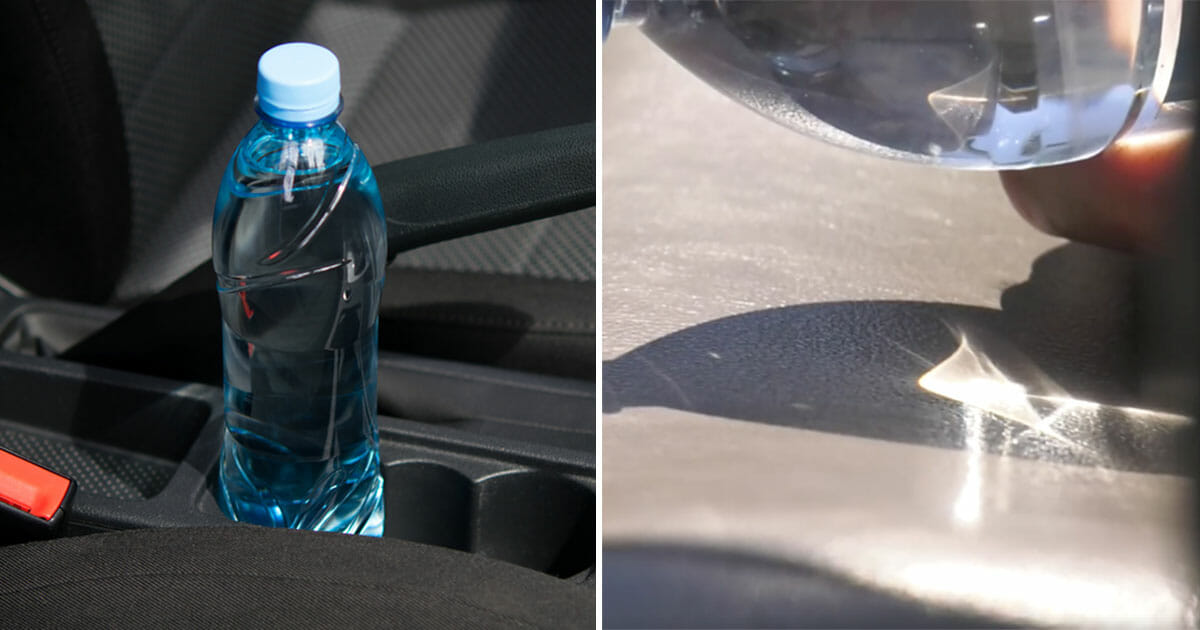Does your heel hurt in the morning or whenever you stand? This is what you need to know
|
Our foot health is paramount. After all, they are the ones that carry us from place to place. More than 50% of the population suffer from foot pain, and the most common pain is caused by damage to the plantar fascia - the spinal diaper tissue, a thin tendon that connects the heel to the front of the foot. You probably know it by the name of a spurs in the foot.
Repetitive movement and weight gain are usually the main factor that cause a person to develop spurs. This is especially common in athletes, pregnant women and those who work standing for long hours, because the constant movement and weight pressure cause inflammation and pain. But there are a few things you can do to prevent the spurs in the foot, or otherwise known as plantar fasciitis.
Treatments
The best thing to do if you suffer from plantar fasciitis is to do stretches to loosen tight muscles that make the condition worse.
Exercises while sitting
Exercises while sitting are effective and most people can do them. These are the recommended exercises:
1. Roll your foot on a water bottle, a tennis ball or similar object for one minute per foot.
2. Cross one leg over the other and pull the toe forward. Hold for 15 seconds, then release and repeat three times before switching to the second leg.
3. Use a folded towel as a strap. Place the towel under the arch of the foot and gently pull up and towards you to stretch your leg. Hold for 15-20 seconds, repeat the action three times, and switch legs.
Calf stretches Calf stretching can help heel health. Just stretch your leg back, as if you were in a starting position, and hold the position for 30 seconds, repeating three times for each leg.
Prevention
Stretches also work for preventing plantar fasciitis, but there are other things to consider. Here are some good recommendations by WebMD website.
Healthy weight will ensure that you do not put extra pressure on your body and especially on your feet.
Exercise regularly
Regular exercise will help your body stay healthy and stretch your muscles and joints as well. This will reduce the chances that the tendons in your feet will be too tight and short.
Ensure proper support
Shoes are important. Proper support means that your feet will always be in a safe position. Barefoot walking or bad shoes add pressure to your heels and feet.
Be gentle
You should always be relaxed with your feet. Let them rest, and combine activities so that your heels are not victim of regular and cyclical movements for a long period of time.
Start slowly
Always take the time to warm up before you start training or exercising. If you start right out with all the strength you risk yourself, and this can lead to injuries.
The health of your feet is important. If you suspect you are spurred, do not ignore it. Go to the doctor before switching a workout or diet.




